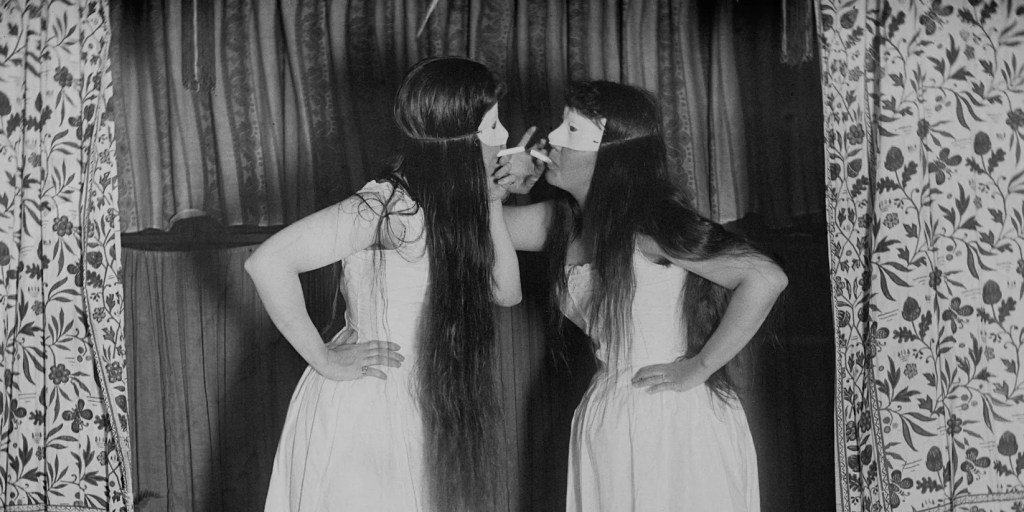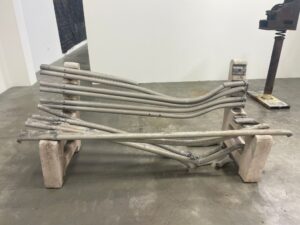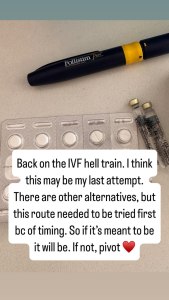Alice Austen’s Pioneering Lesbian Gaze



Clear Comfort, the home where photographer Alice Austen grew up and lived for the majority of her life, was not one of the large estates the wealthy built in the 19th century on Staten Island to get away from Manhattan. But its 11 snug rooms, built around and atop an older one-room Dutch structure, and its wide green lawns leading down to the New York Harbor shore, provided space enough for multiple family members and a small household staff. It was the setting for most of her finest photographs as well. Saved from the wrecking ball by impassioned locals, as well as cultural luminaries such as photographer Berenice Abbott and theater producer Joseph Papp, the home is now a museum known as Alice Austen House. In 2017, it became the first nationally designated site of LGBTQ+ history, in no small part because of earlier protests led by the Lesbian Avengers insisting that the museum acknowledge Austen’s 50-plus year relationship with Gertrude Tate. The home is also a central character in Bonnie Yochelson’s new biography, Too Good to Get Married: The Life and Photographs of Miss Alice Austen.
Though Yochelson doesn’t delve into it, Austen and her family might have preferred to stay largely sequestered within their Staten Island home and the members-only social clubs they frequented because the United States of the late 1800s was riven by labor strikes, race riots, anti-immigrant sentiment, and a level of class inequality that has only recently been exceeded. While we don’t hear directly from Austen on the politics of her time, Yochelson’s clarity about her casual engagement with the racist and anti-immigrant tropes of her day, and telling details, such as Austen paying for a listing in the old money directory, Social Register, present enough insight. In other words, Austen was no progressive lesbian hero. Instead her images offer tantalizing glimpses of intimacies among women at a time when only a tiny number of women were behind the camera, and even fewer offered anything that could be described today as a lesbian gaze.

The photographs Austen took from the 1880s into the early 1900s are the primary reason we know her today, and Yochelson’s book does not skimp on reproductions. They are often set within the walls and greenery of Clear Comfort, against its spectacular views of what was then an endlessly busy New York Harbor, or within the well-kept gathering places of her echelon. These images, though posed (a necessity given the state of the technology at the time), include humor and playfulness, and speak to her closeness to her subjects, as they also demonstrate a growing mastery of the form.
Though Austen went to the trouble of mounting many prints, and even copyrighting some of her work, her class proclivities meant she never accepted money for her pictures, nor did she set up a studio of her own. And after meeting Gertrude Tate in the late 1890s, the woman who would remain her partner for the rest of her life, her attention drifted. Without the need or desire to generate income, and no longer feeling inclined to produce work to maintain social networks, she simply let the practice go. Yochelson describes her photographs after the early 1900s as “mostly unmemorable.”

When Austen lost all of her inherited wealth in the 1929 stock market crash, except for the house and its contents, things took a turn. Neither her family nor her earlier connections prevented her from dying in poverty, a gruellingly common fate for LGBTQ+ women. By the mid-1940s, the two women had sold everything they could, including Austen’s photographic archive. Tate could no longer manage Austen’s care, and so they left the house, with Austen eventually declaring herself a pauper in order to be admitted to New York’s Farm Colony.
Like far too many women artists, Austen was “discovered” at an incredibly advanced age. A 1951 LIFE magazine profile helped bring her and her work to a national audience. Yet she died the following year, with her care and housing back in limbo. According to Yochelson, the Staten Island Historical Society (now known as Historic Richmond Town), which had acquired and held her photographic archive until just this past spring, withheld money they owed her before her death.
It’s hard to imagine all the changes Austen witnessed during her decades at Clear Comfort, but holding fast to that place and the vestiges of the world it represented are part of what limited her. The times through which she lived provide occasional echoes of the world we find ourselves in right now, when the amassing of extreme wealth has radically altered our political landscape and the desire to isolate and segregate are at the center of the frame. A ripe tension is at the core of her life — she wanted to seek her own path from an early age and privately enjoy testing the boundaries of her gender, while also clinging to the privileges she assumed she would have access to for the rest of her life. This tension is more of a subtext than a narrative in Yochelson’s book. However, it points to the reasons why it’s not as uncommon as people might think for conservatism and queerness to coexist.






Too Good to Get Married: The Life and Photographs of Miss Alice Austen (2025) by Bonnie Yochelson is published by Fordham University Press and is available online and through independent booksellers.







